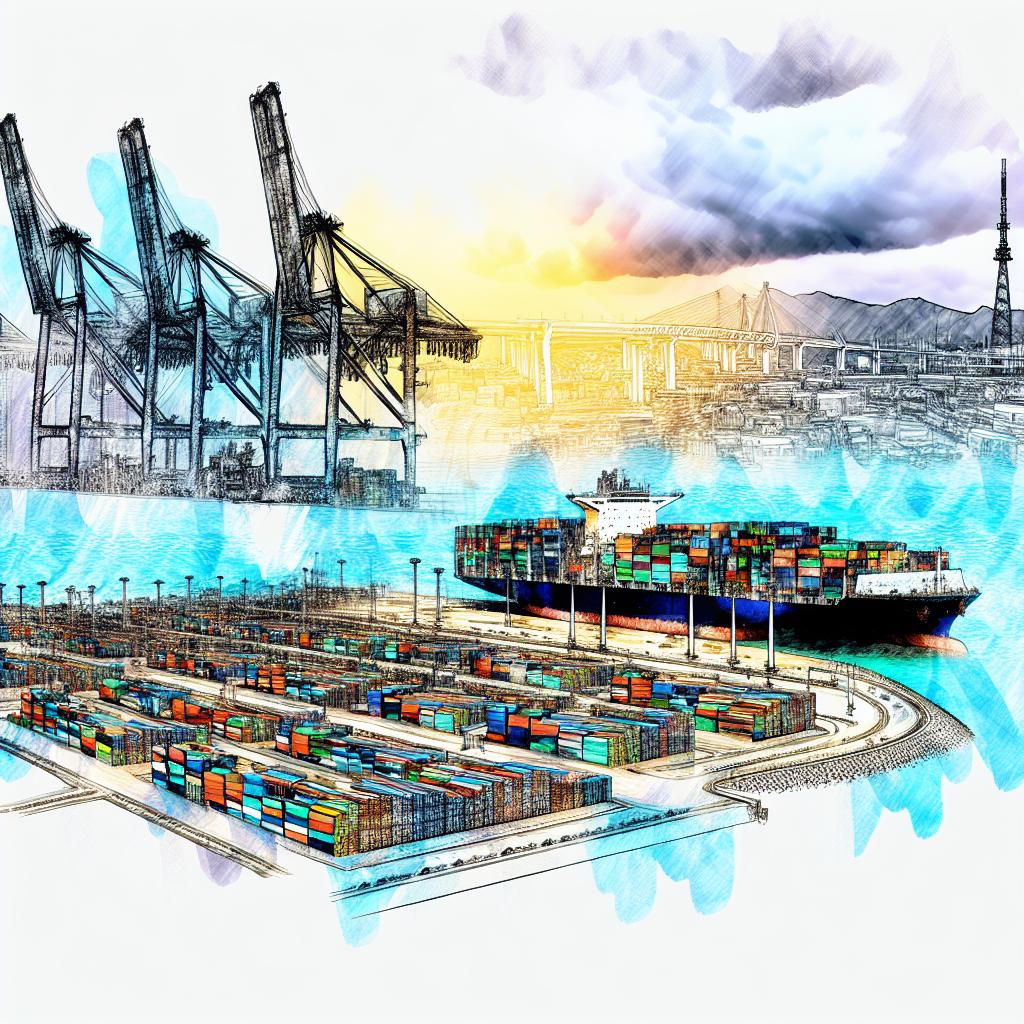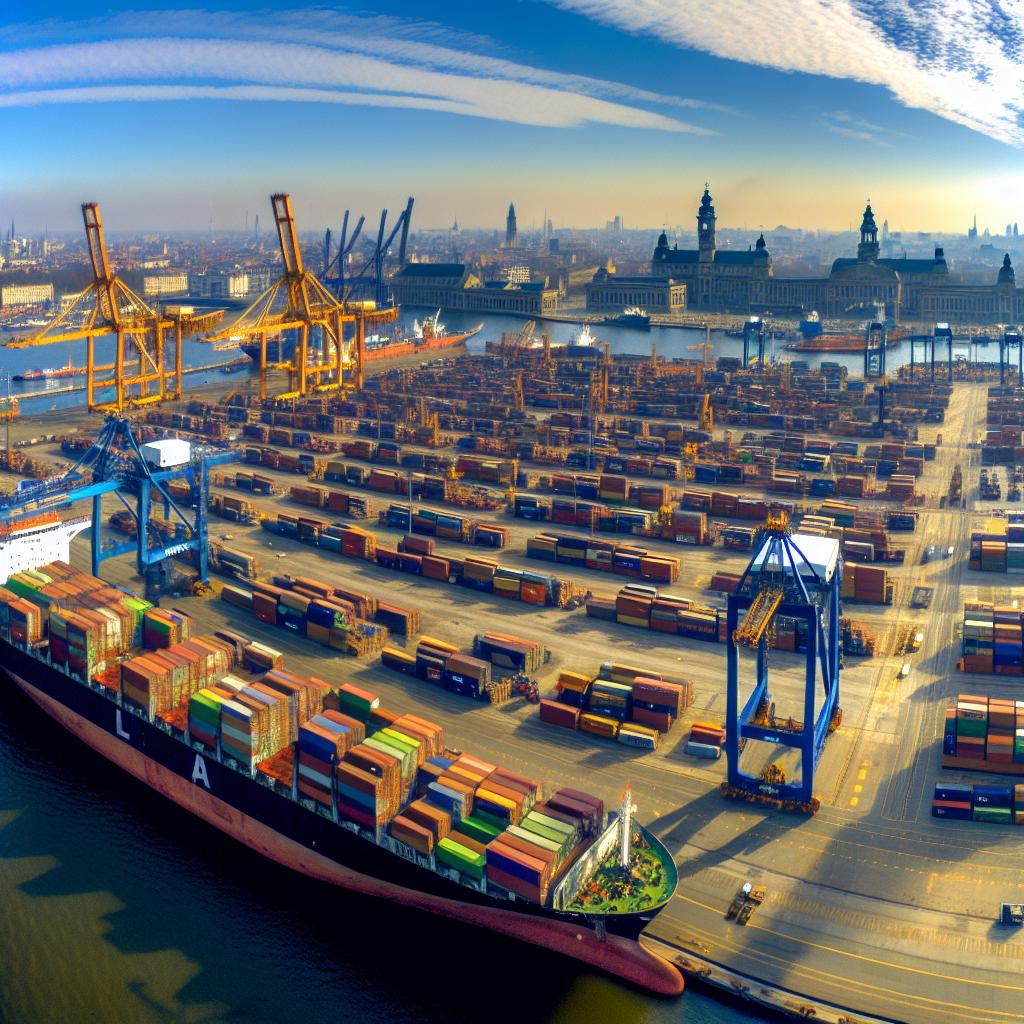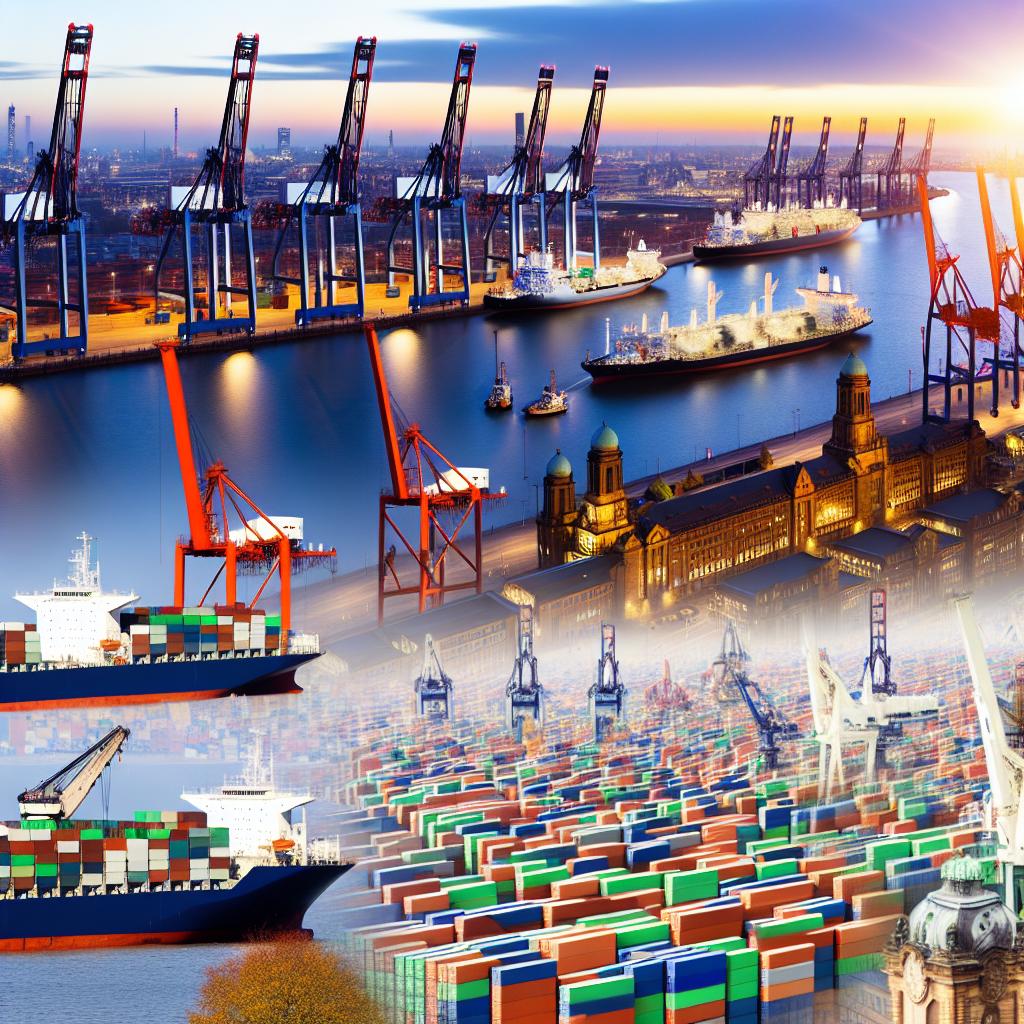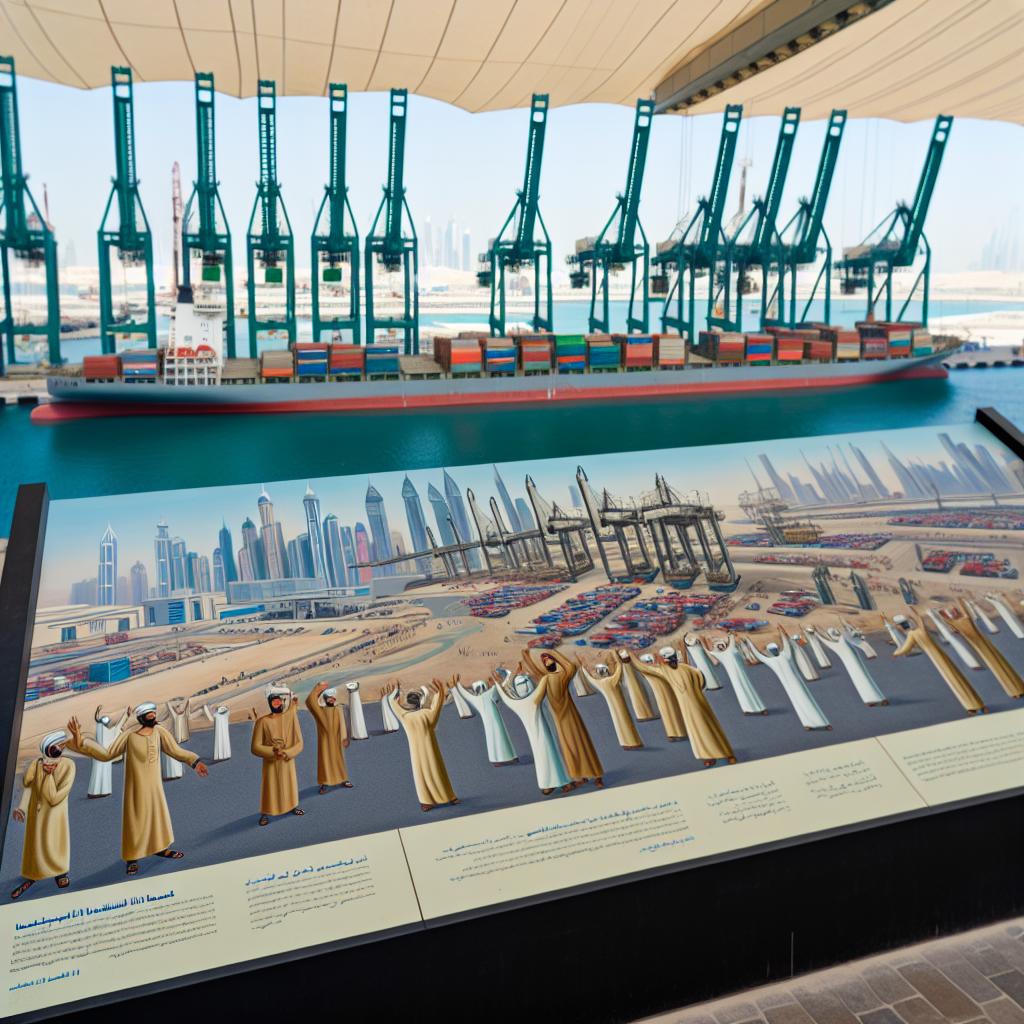The Port’s Strategic Importance
The Port of New York and New Jersey occupies a central and influential position along the Eastern Seaboard of the United States. It serves as a significant hub due to its strategic location, providing easy access to one of the most substantial consumer markets globally. This level of accessibility is critical, enabling the port to efficiently service the densely populated urban areas along the East Coast. Its strategic placement not only facilitates trade and commerce but also reinforces its significance to both regional and international supply chains.
Geographical Advantage
The port’s geographical location is one of its most defining characteristics, and it resides at the heart of the Northeast Corridor. This positioning makes it a pivotal node in connecting the Northeastern United States with international markets. Its proximity to major urban centers such as New York City, Philadelphia, and Boston accelerates the distribution of goods and services, highlighting its importance in ensuring goods move quickly and efficiently from overseas suppliers to domestic consumers.
Connectivity and Infrastructure
The effectiveness of the Port of New York and New Jersey is bolstered by its extensive connectivity and advanced infrastructure. This port is supported by a highly developed multimodal transportation network, comprising major highways, extensive railway systems, and substantial air freight capabilities. This cutting-edge infrastructure allows for the seamless movement of goods, significantly reducing both transit time and associated costs. Such an interconnected network is crucial in enabling the port to meet the needs of the East Coast with remarkable efficiency and reliability.
The highways surrounding the port allow for the rapid transport of freight to and from warehouses and distribution centers. Rail connections further enhance its capabilities, providing a cost-effective and environmentally friendly alternative for moving large volumes of cargo over long distances. In addition to terrestrial connections, air freight options increase the versatility and speed with which goods can reach their final destinations. Together, these transportation avenues ensure that the port remains a vital link in global supply chains.
Economic Contributions
The Port of New York and New Jersey is not only a logistical asset but also a powerful economic engine. Its operations support hundreds of thousands of jobs in the region, from port-related services to transportation and logistics roles that are essential for moving goods efficiently. The economic output generated by the port is substantial, providing a significant boost to both regional and national economies. This impact spreads across various sectors, including logistics, manufacturing, and retail, highlighting the port’s role in driving broader economic growth.
Furthermore, the port’s influence on local economies is multifaceted. It attracts businesses that benefit from proximity to such a critical trading hub, thus spurring further economic activity in surrounding areas. Businesses ranging from small-scale suppliers to large retail chains depend on the port’s capabilities to streamline their operations, reduce costs, and improve their supply chain efficiency. As a result, the port’s economic contributions are deeply embedded in ensuring the region’s ongoing economic vitality.
Environmental Initiatives
Amid its economic activities and logistical significance, the Port of New York and New Jersey remains committed to implementing environmentally sustainable practices. Recognizing the ecological impact of its operations, the port actively pursues initiatives aimed at reducing its carbon footprint and mitigating environmental harm. Key strategies include the adoption of cleaner, fuel-efficient technologies and efforts to increase energy efficiency in all aspects of its operations.
The port’s commitment to sustainability reflects a broader goal of harmonizing economic activity with environmental stewardship. Initiatives such as emissions reductions and sustainable energy practices not only align with nationwide environmental objectives but also demonstrate a proactive approach to responsible port management. By integrating sustainability into its core operations, the port ensures that it can meet current logistical demands while also safeguarding the environment for future generations.
Through strategic planning, sophisticated infrastructure, and a dedication to sustainable growth, the Port of New York and New Jersey remains a vital component of the East Coast’s trade and economic systems. Its influence and contributions continue to underpin the development of a robust and resilient economic landscape, ensuring that it remains a central player in facilitating commerce and supporting economic development for years to come.




